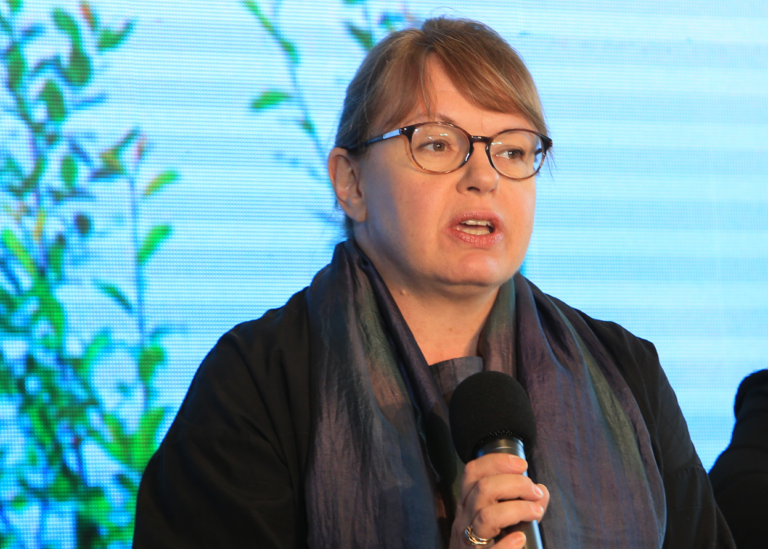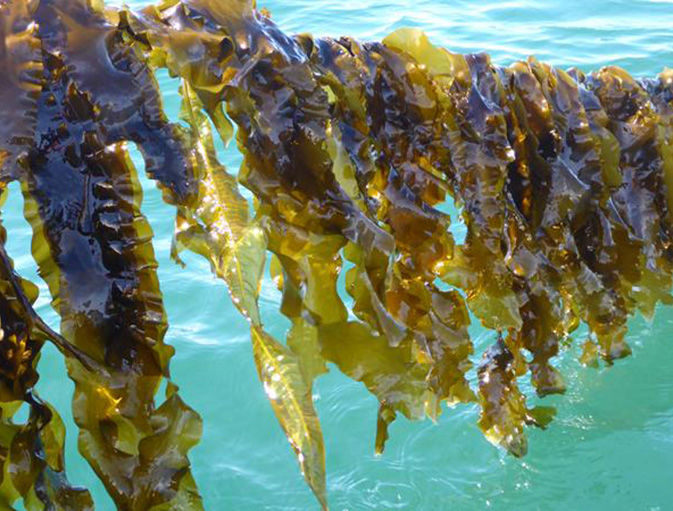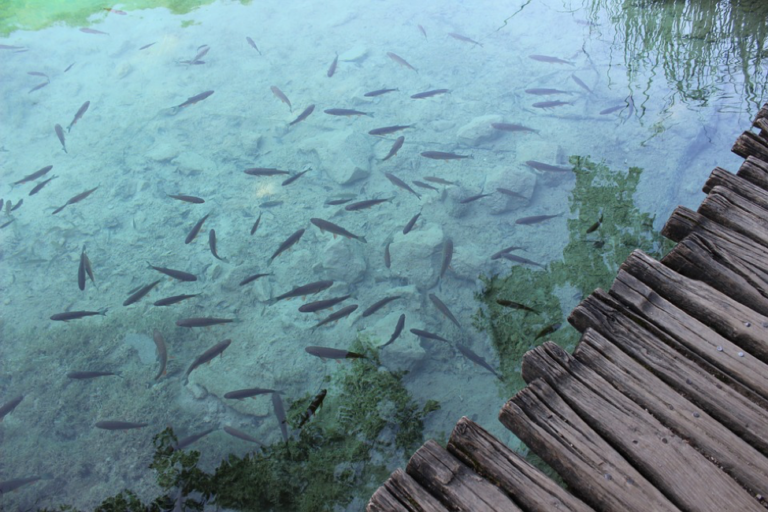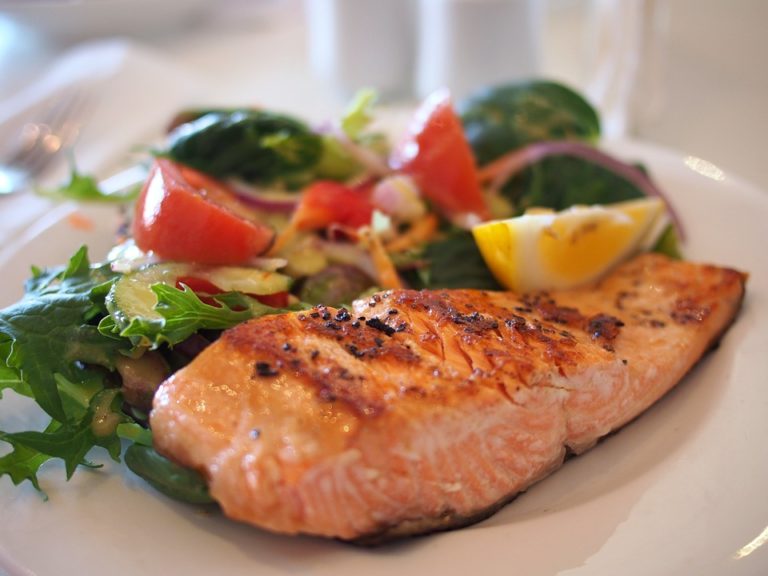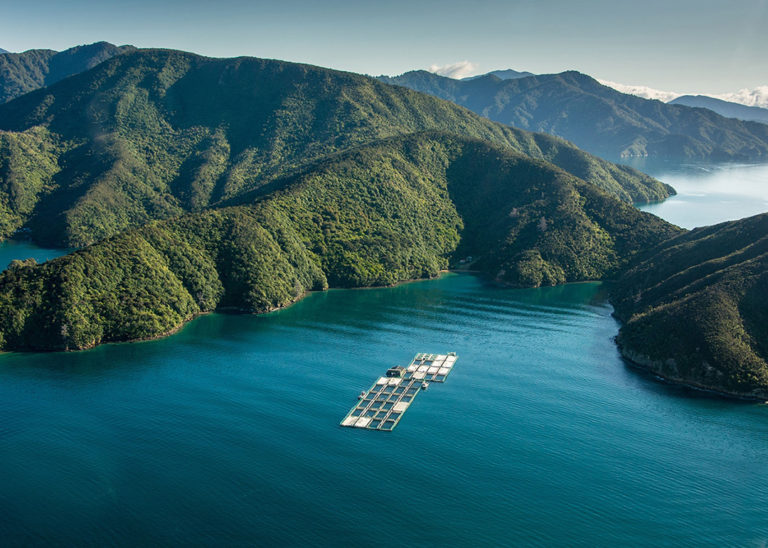
Seafood Recipe: Shrimp and Sweet Potato Chowder
This luscious shrimp chowder recipe is brimming with hearty flavors. But unlike most seafood chowders, you won’t find cream or butter in the recipe. Every spoonful of this Shrimp and Sweet Potato Chowder gets you one slurp closer to eating (and enjoying) the recommended two seafood meals each week. But even better is the simplicity

